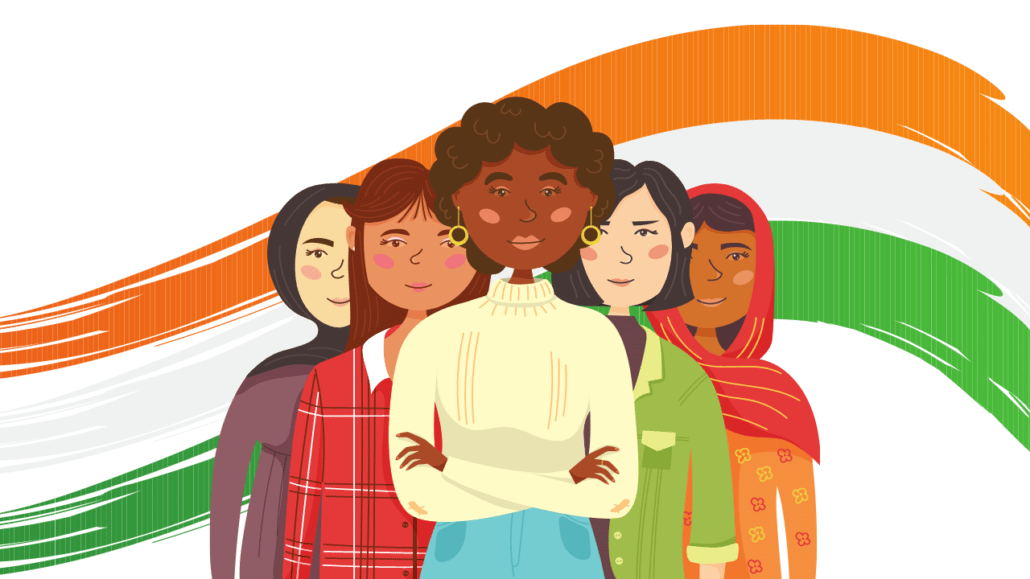It’s been 75 years since India achieved independence from the mighty British empire and promised gender equality in all spheres of life. The founding fathers assured the people of India of an unbiased society and to provide equal opportunities to every citizen irrespective of caste, race, gender, religion, etc. The problem of gender inequality has always been a hot topic as the executives failed to fulfil the promises.
EMPLOYMENT
Even though the enrolment ratio of female in primary and higher education has shown significant growth since independence, men in various fields bagged most of the employment opportunities. For instance, the female percentage as CEOs in Fortune 500 companies is just 15%. In a report published recently, in most of the STEM (Science, Technology, Engineering and Mathematics) institutes women occupy just 20% of all professorial positions and the number decreases with increased reputation of the institute. The contribution of women to India’s GDP is just 18% which can be improved by providing equal opportunities to women.
What is the percentage of female work force do you see in your institute or company?
CRIME RATE AGAINST WOMEN
Domestic violence against women is one of the biggest problems in India. The crime rate against women by her husband and their relatives makes up nearly 32% in India. The recent release of convicts in Bilkis bano case by Gujarat High court is discriminating women and questioning the authority of Supreme court. The convicts gang raped 21-year-old woman, bilkis bano, who is five months pregnant and murdered seven members of her family including her three-year-old daughter. The increasing crime rate against women has to be controlled in order to run a democracy in an efficient manner.
HEALTHCARE SERVICS
The availability of health care services to women in urban areas is adequate, but the situation is quite different in rural areas. According to a research conducted by AIIMS (All India Institute of Medical Sciences) and Harvard University only 37% of women receive healthcare services in India. Due to lack of knowledge and financial resources only 18% of girls and women use sanitary napkins during menstruation in India. The recent death of 4 women because of failed double puncture laparoscopy in a government hospital in Hyderabad reflects the health care services available to women.
If you are shocked by the math shown related to women, just imagine the position of LGBTQIA+ (Lesbian, Gay, Bisexual, Transgender, Queer, Intersex, Asexual) in India. They are the most un-represented section in the society.
I do not say that the Government of India is doing nothing for the upliftment of women and providing equal opportunities, it’s just not enough. The reservation of seats and various committees established are said to be for women’s empowerment. The recent supreme court’s decision on daughters share in property is worth remembering.
Also Read:
Lijjat Papad: A successful all-women cooperative business started with Rs 80
Dawn of Gender Inequality in India
